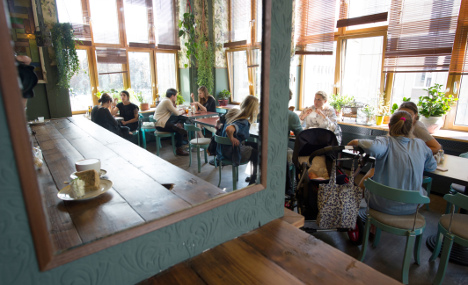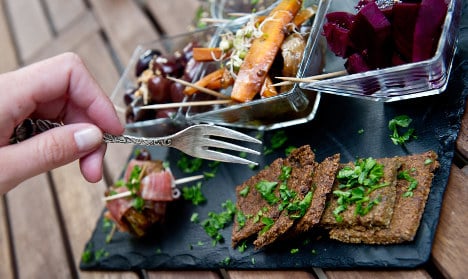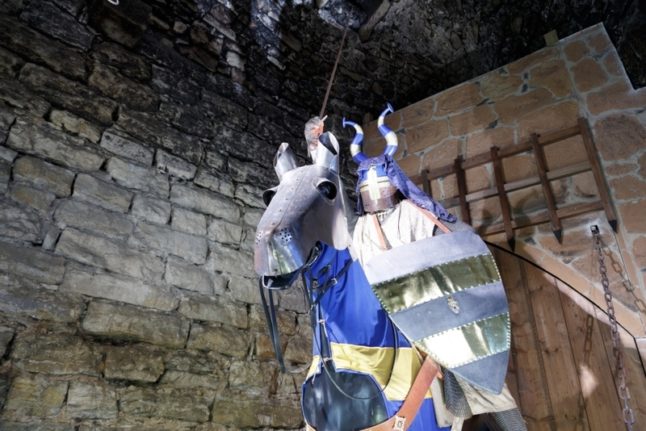On a recent drizzly Friday afternoon, I followed a cobblestone pavement through the graffitied facades of Berlin’s Neukölln district to my destination at a small square, consisting mainly of a public toilet and food stand selling cheap fries and sausages.
 House of Small Wonder in Berlin. Photo: DPA
House of Small Wonder in Berlin. Photo: DPA


 Please whitelist us to continue reading.
Please whitelist us to continue reading.
Member comments